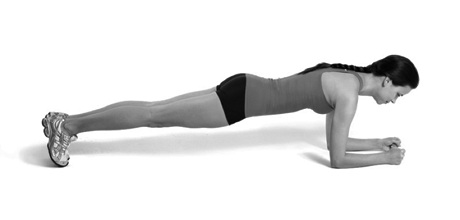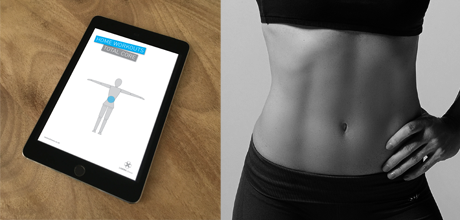
The answer is not as simple as you may think. You can plank daily, but the length of time you should hold a plank for can vary from 10 seconds to a minute. Here’s why: Your form matters most. Keeping perfect form is the goal – only do it as long as you can keep this.
As a general guideline, you should strive to do three sets of up to 60 seconds. But of course it’s okay to start with a shorter time and work up to a whole minute.
Shorter planks can still give you a solid workout. Try holding a plank for 10 seconds, relaxing for five to 10 seconds, then re-engaging for 10 seconds, and repeating for three to six sets. You receive very similar strengthening benefits because you are engaging your muscles for the same amount of total time as if you just held the plank for 30 to 60 seconds without stopping.
That being said, a minute tends to be an ideal time frame for getting the most from a plank. Longer time under tension is more of a challenge. But, if you can easily plank for a minute, you increase the difficulty by contracting your abs more, and squeezing your glutes and quads more.
Again, don’t push yourself to hold a plank for even longer if you’re not ready. Forcing yourself to hold a plank for an excessive amount of time can put a lot of strain on your lower back. As fatigue sets in, the lower back may start to arch. This is where you put yourself at risk for injury.
So in summary, plank when you can and do it as long as you can holding good form, for up to a minute. Follow this advice and you should see great results!






